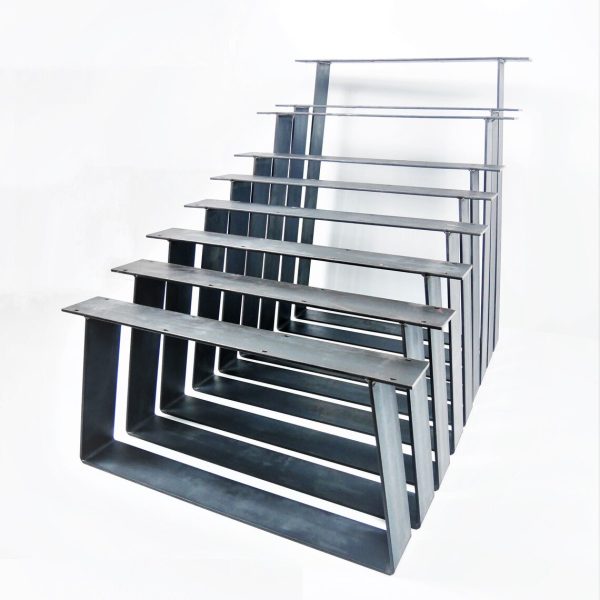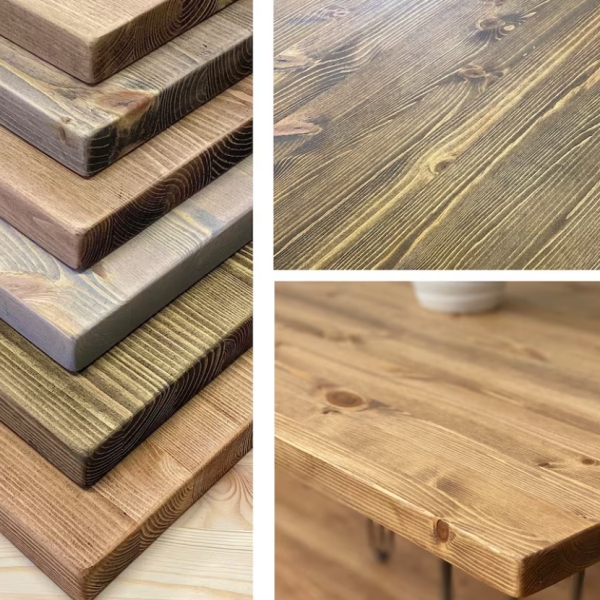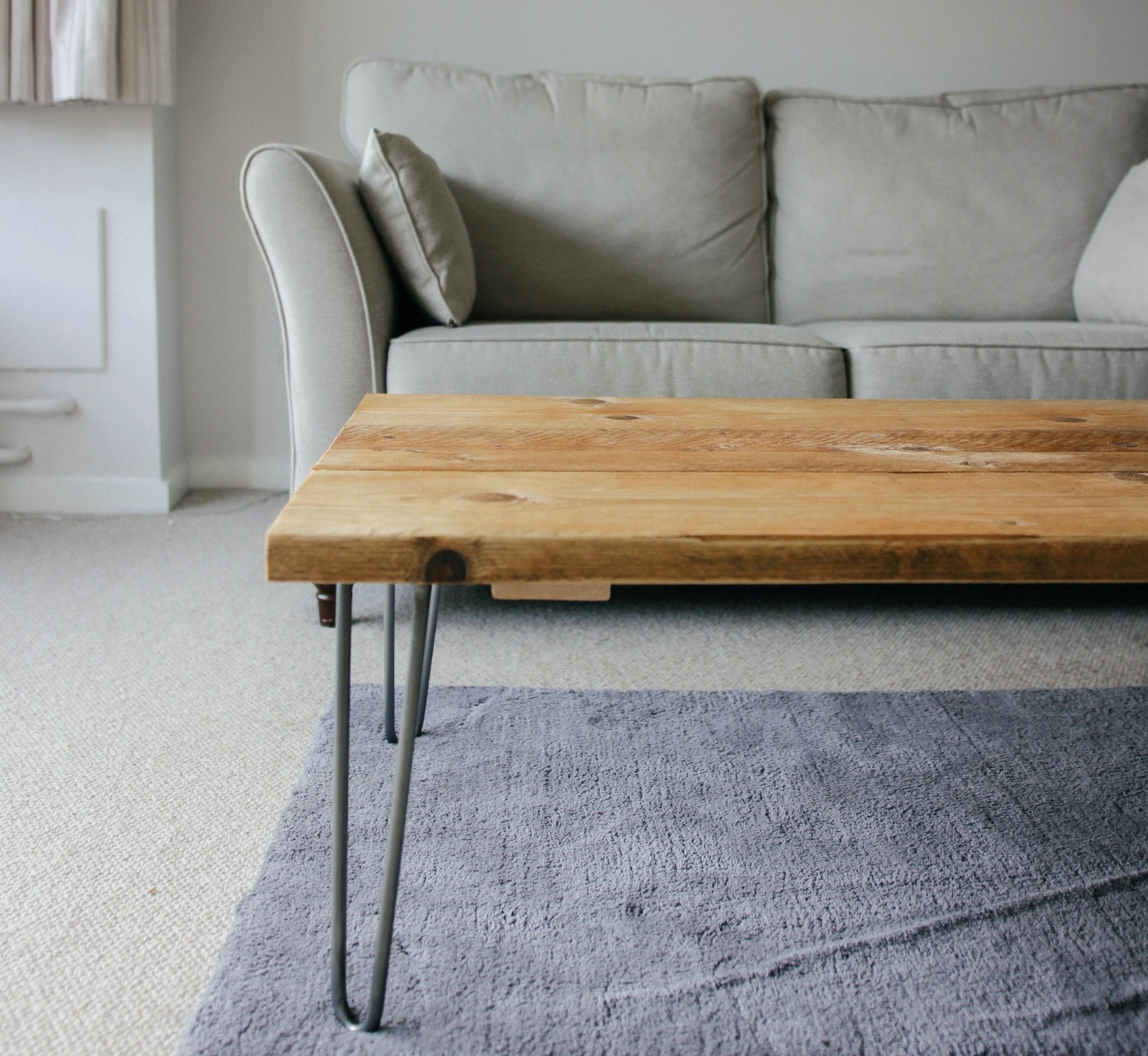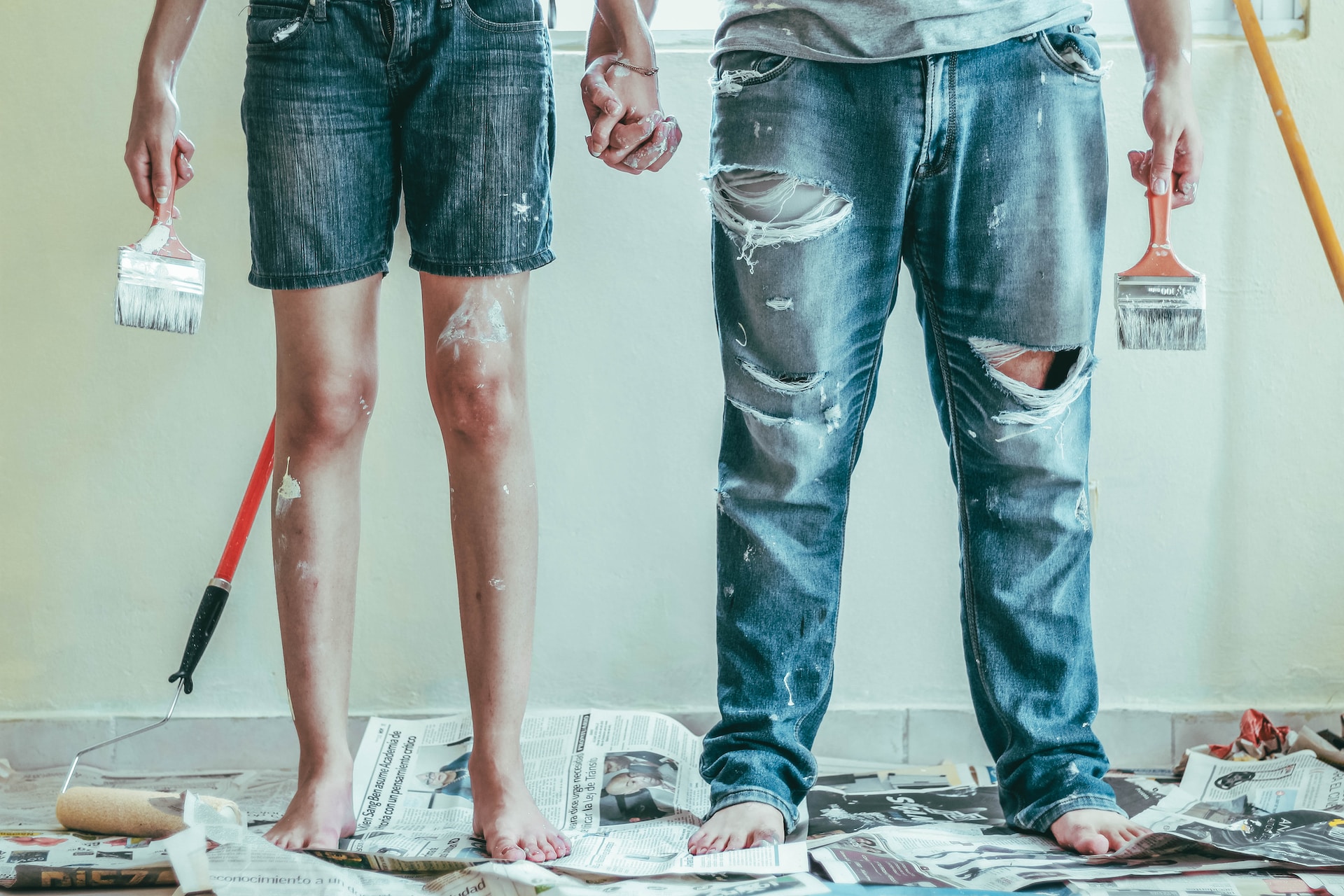
Summer is the perfect time to embark on exciting home improvement projects and unleash your creativity. Whether you’re looking to enhance your living space, add a touch of personality, or increase your home’s value, there’s no shortage of DIY projects to tackle during this vibrant season. From refreshing your outdoor oasis to revamping your interior, we’ve compiled a list of 10 summer DIY projects that will inspire you to roll up your sleeves and make your home truly shine. You can choose the ones that align with your interests and skills or mix and match them to create your desired project.
1. Install a new ceiling fan to improve air circulation
Installing a new ceiling fan is a fantastic DIY project that not only adds a stylish touch to your living space but also improves air circulation, keeping your home cool and comfortable during the summer months. Ceiling fans with lights are a popular choice as they serve a dual purpose, providing both illumination and a refreshing breeze. These versatile fixtures come in a variety of styles, from modern and sleek to rustic and traditional, allowing you to find the perfect match for your home’s aesthetic. With a few simple tools and basic electrical knowledge, you can easily replace an existing light fixture with a ceiling fan, transforming the look and feel of any room while creating a more pleasant environment to beat the summer heat.
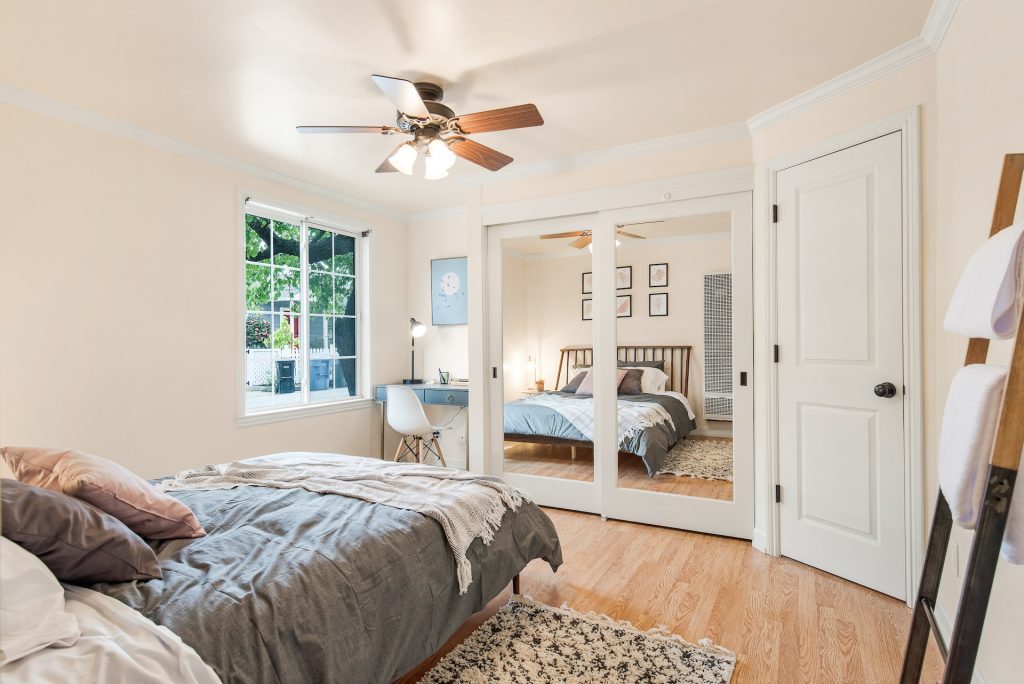
2. Build a raised garden bed for growing vegetables and flowers
Creating a raised garden bed is a rewarding DIY project. It improves soil, accessibility, and garden beauty. It’s perfect for limited space or tough soil. Using lumber, screws, and soil, customize your garden bed for a thriving summer garden.
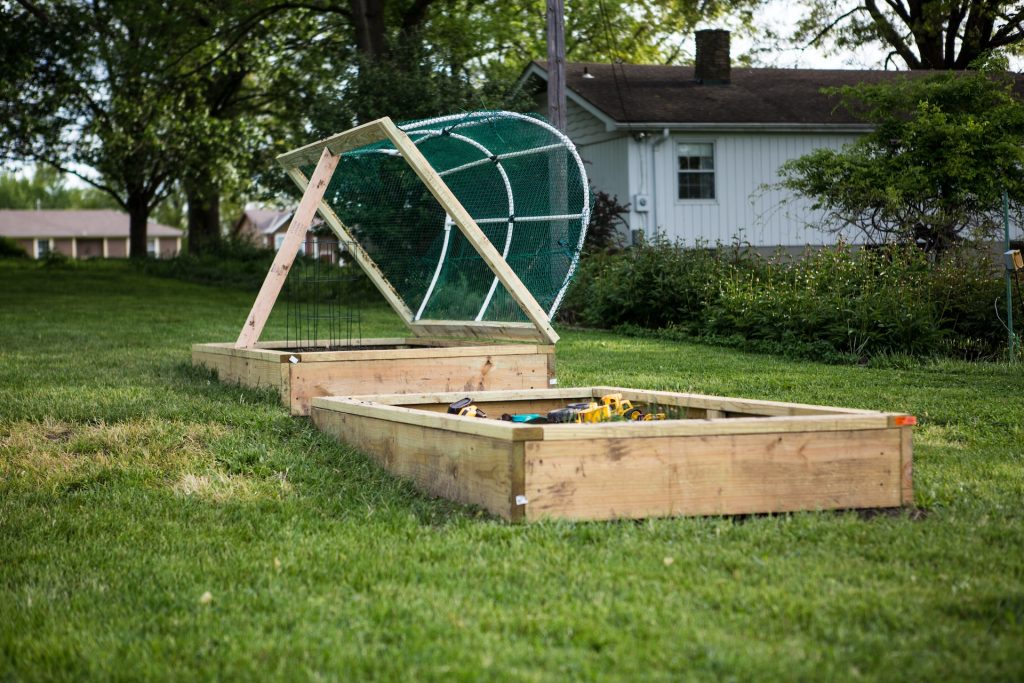
3. Build a DIY compost bin for organic waste recycling
Building a DIY compost bin is an excellent home improvement project. It allows you to recycle organic waste and create nutrient-rich compost for your garden. Home composting is an eco-friendly practice that reduces landfill waste and provides a sustainable source of fertilizer. Here’s a step-by-step guide to creating your own compost bin:
- Choose a suitable location: Find a spot in your backyard that is easily accessible and receives a good amount of sunlight.
- Select the right design: There are various options for compost bins. Wooden pallet bins, wire mesh bins, or even repurposed containers. Pick a design that suits your space and needs.
- Construct the compost bin: Gather the necessary materials, such as wooden planks, chicken wire, or metal mesh. Build a three-sided enclosure, leaving one side open for easy access.
- Layer organic materials: Begin by adding a layer of browns, such as dried leaves or shredded newspaper, followed by greens like vegetable scraps and grass clippings. Alternate between the layers to create a balanced mixture.
- Maintain moisture and aeration: Ensure the compost pile remains moist but not overly wet. Turn the pile occasionally with a pitchfork or shovel to introduce air and promote decomposition.
- Optimize with hot composting: To speed up the composting process, consider implementing hot composting. This technique involves layering materials in specific ratios and monitoring the temperature to accelerate decomposition.
- Monitor and adjust: Regularly check the compost pile’s moisture level, turning it when necessary. Avoid adding meat, dairy, or oily items that can attract pests.
- Harvest and use the compost: Over time, the organic materials will break down into dark, crumbly compost. Harvest it by removing the finished compost from the bottom of the pile. Use it to enrich your garden soil or potted plants.
By building a DIY compost bin and engaging in home composting, you can minimize waste. Additionally, you can create a sustainable cycle, and nurture a healthier garden ecosystem. Get ready to turn kitchen scraps and yard waste into black gold for your plants!
4. Install a water filter system for home
Installing a water filter system in your home is a valuable DIY project. It ensures clean and purified water for you and your family. With various options available, such as water fridge filters, filter machines for water, water filters for sinks, and even reverse osmosis filters, you can choose the system that best suits your needs. Here’s a brief overview of the process:
- Assess your water quality: Determine the contaminants present in your water supply by either conducting a water test or referring to your local water quality report. This will help you choose the appropriate filter system.
- Choose the right water filter: Depending on your requirements, select a suitable water filter system. Water fridge filters are ideal for refrigerators with built-in water dispensers, while filter machines provide filtration for the entire household. Water filters for sinks are compact options. They can be installed directly onto your faucet and reverse osmosis filters offer comprehensive purification.
- Gather the necessary tools: Most water filter installation kits come with the required tools, such as wrenches, connectors, and tubing. Ensure you have everything you need before starting the installation.
- Install the water filter system: Follow the manufacturer’s instructions provided with the specific filter system. Generally, the installation involves connecting the filter unit to your existing water supply line and ensuring a secure and leak-free connection.
- Test and maintain the system: Once the filter system is installed, flush the system and test the water to ensure it is flowing properly and the filtration is effective. Regularly replace the filter cartridges or follow the maintenance guidelines provided by the manufacturer to ensure optimal performance.
Installing a water filter system at home provides numerous benefits. For instance, improved taste and odour of drinking water, removal of harmful contaminants, and the convenience of having filtered water readily available. Enjoy the peace of mind that comes with knowing you have a reliable and effective water filtration system in place to safeguard your family’s health and well-being.
5. Build a DIY doghouse or birdhouse
Building a DIY doghouse or birdhouse is a fun and rewarding home improvement project. It allows you to create a cozy shelter for your furry friend or a charming abode for your feathered friends. For the doghouse, you can choose between an indoor dog house or an outdoor dog house. It depending on your pet’s needs and your available space. Using sturdy materials like wood, you can construct a durable and comfortable dwelling for your canine companion. On the other hand, crafting a wooden birdhouse offers a delightful addition to your garden. It also attracts various bird species and provids a safe haven for them. With a few basic tools and some creativity, you can build a doghouse or birdhouse that not only serves its purpose but also becomes a charming focal point in your home or outdoor space.

6. Install a DIY smart home security system
Installing a DIY smart home security system is a proactive step towards protecting your home and loved ones. By incorporating wireless cameras, a smart security alarm, and other smart devices, you can enhance the safety and monitoring capabilities of your home. DIY smart security systems offer convenience and flexibility, allowing you to customize and control your security setup according to your specific needs. With easy installation and user-friendly interfaces, you can enjoy peace of mind knowing that your home is well-protected, even when you’re away. Upgrade your home security with the power of smart technology and create a safer environment for you and your family.
7. Build a DIY trellis for climbing plants
Building a DIY trellis for climbing plants is a creative and practical project that provides support and structure for your greenery. With simple materials like wood or wire, you can construct a trellis that encourages vertical growth and adds a beautiful visual element to your garden. Enjoy the beauty and functionality of a custom trellis as your climbing plants thrive and create a stunning natural display.
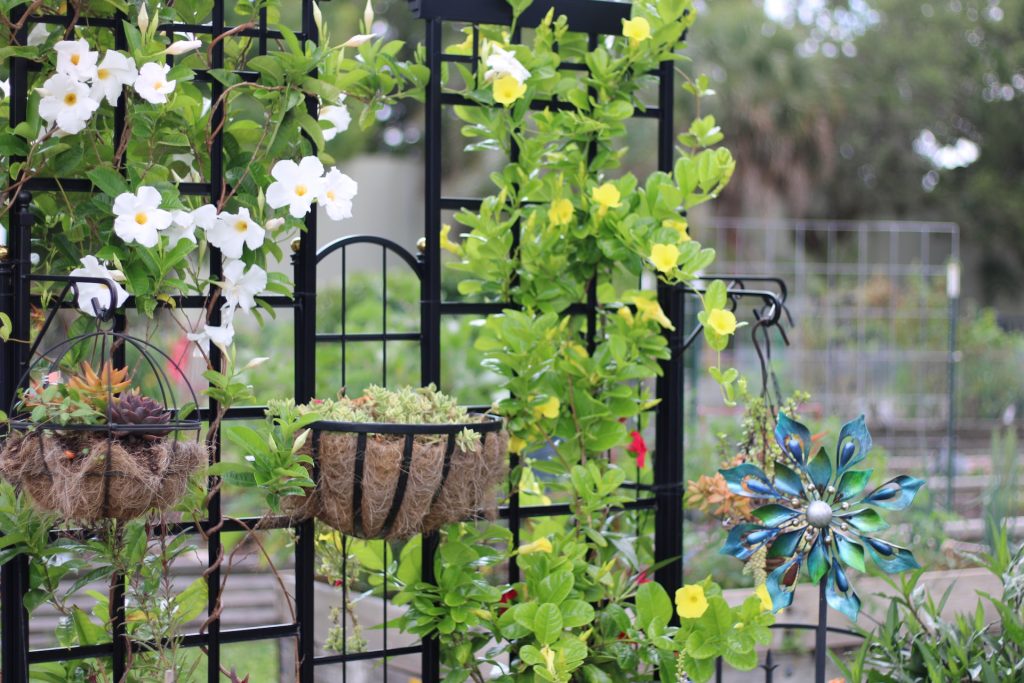
8. Install a water-saving irrigation system for your garden
Installing a water-saving irrigation system, such as drip irrigation, is a smart and eco-friendly choice for your garden. By utilizing water-efficient irrigation systems, you can conserve water while ensuring that your plants receive the necessary hydration. Drip irrigation minimizes water waste by delivering water directly to the plant roots, reducing evaporation and runoff. Water conservation with an efficient irrigation system is a home improvement project that keeps your garden thriving while being mindful of our precious resources.
10. Construct a DIY hammock stand for relaxing outdoors
Constructing a DIY hammock stand allows you to create a relaxing outdoor oasis. Whether you opt for a metal hammock stand or a trailer hitch hammock stand DIY, this home improvement project offers a sturdy and portable solution for enjoying the bliss of hammocking. With some basic materials and tools, you can build a custom-made hammock stand that fits your style and provides a perfect spot to unwind and soak in the beauty of nature.

I hope you try and enjoy these simple and useful home improvement projects!
** This blog page is not affiliated with any websites and does not generate revenue.
Related Products from our Online Shop:
-
Trapezium Metal Table Leg
£40.25 -
Solid Pine Table Top
£90.00
